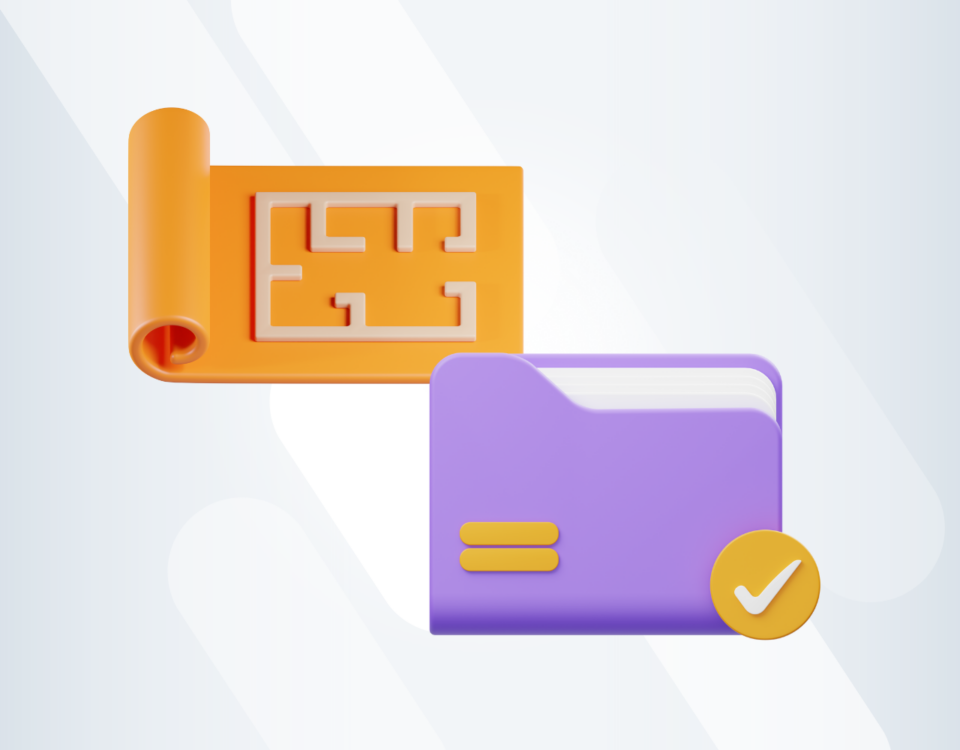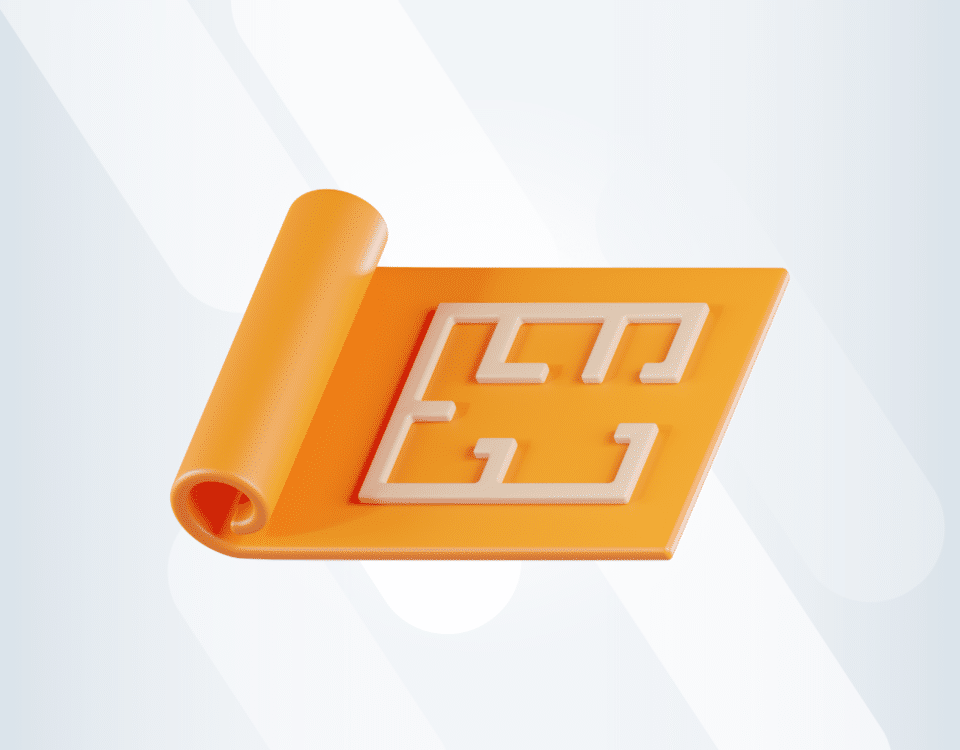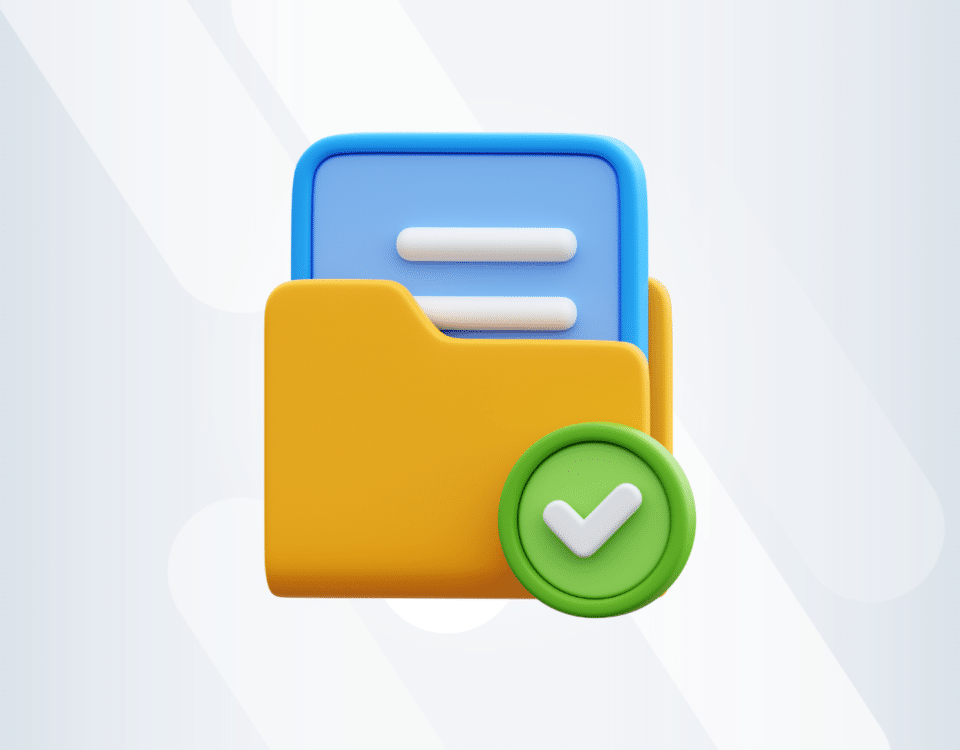Cashflow Management:
Problems We Solve
If you want to understand your financial health, and know exactly how and when the cash is flowing - choose Archdesk.
Let's touch on construction's cashflow challenges before getting into tips, tricks and how Archdesk help you.
Problems with Payments in The Construction Industry
The problem with keeping a company's financial stability and liquidity is the low margins. In 2019, the average profit margin before tax was around 6%. At the same time, general contractors could count only for 4%.
There are also delayed payments. Just one in 10 construction firms gets paid anything before the work is done. Typical waiting time varies from 40 to 60 days - but one in five waits even longer.
What can you do to support cashflow management?
Every business is different but there are guidelines on how to approach financial activities to make them easier and more effective.
Check these reviews: Find the 7 top construction budget software and tools for 2022.
1. Monitor the company’s financial situation regularly
To properly plan and manage cashflows, you need to know what is happening in the company. Of course, you cannot check every indicator of every project, as you need to perform other activities.
Try to pick only crucial numbers and check them regularly. For specific projects, it can be: budget, project cost (and the ratio of these two), received to date and outstanding.
At the company level, we advise you to monitor summarised numbers of sales invoices, purchase invoices and due accounts.
2. Establish a transparent internal process
Unfortunately, the payment process is not 100% dependable on you. However, try to streamline the process, so that it takes the least time possible from your side.
First, try to review your current process.
- How much time does it take to prepare the sales invoice once a client accepts the valuation?
- How much does the valuation process take?
- Who is responsible for documentation approval, and how much time do they need for that?
Try to find actions that can significantly shorten the process with little effort from you.
Related Content: 7 Free Construction Budget Templates [for Download].
3. Keep your invoices in one organised place
Construction companies do not suffer from the lack of data. They rather have problems with organising it and extracting the information.
That is why organising your invoices is a necessary step on the way to managing your cashflows better.
If you kept them only in paper versions up until now, it would be a good idea to create a file or excel where you could transfer crucial data like name, the sum of money and date.
Thanks to that, you could quickly check who still hasn’t paid your invoices and needs a reminder or what sums of money you need to pay in the future and how to better plan your expenses.
4. Pay only for delivered materials
Following up on the aspect of planning your future costs, you should always make sure that you are paying only for the things that were delivered.
Try to establish a transparent process with your stock manager, so that you know who is responsible for which part of the process in future deliveries.
Such double-checking will also be beneficial for your projects as you make sure that materials are ready and there is no risk of delays.
How Archdesk helps you?
There is no cashflow magic solution, but you can drastically improve your processes.
Construction management software gives you the possibility to gather and organise all your financial documentation in one place and generate reports faster, thanks to automation.
This gives you tools to make better decisions based on accurate and detailed data.
The biggest problem for construction companies is not the lack of financial data. It is the lack of control over it and the time-consuming creation of financial reports.
Archdesk offers a set of tools that, altogether, can give you crucial insights into your company’s financial situation and allows you to manage it better.
Related Content: See how to get your budgeting under control with Archdesk.
-
Financial Dashboard
There are two types of dashboards in the software: per specific project and the whole company's perspective.
The financial dashboards contain all the data summarised together, giving you better visibility into how your business is currently performing.
-
Valuation Reports
Valuations can be prepared based on quotations submitted at the beginning of the project. The structure is ready, so you do not have to build it from scratch, devoting additional time.
Also, the report can be sent directly from the software with a customisable approval process, which also reduces prep time. This data is visible in the software, so you can see the current status and act accordingly. -
Invoices
All your invoices can be created based on the existing valuations, reducing the time by eliminating duplicate data entry.
Archdesk lets you see all of them on the reporting dashboard, giving you better control over your financial documents as you can quickly check the status of a specific invoice. -
Due Accounts
Quickly find information on how much you owe the creditor (or how much debtors still need to pay you) and take the necessary actions.
Also, the dashboard shows you the dates of financial liabilities, so that you can better plan your cash flow changes.
Cashflow management is a challenging and time-consuming process. Make your life easier and your business more profitable with Archdesk.
You might also like
February 29, 2024 • 7 min read
Utilizing the human-first approach to construction projects to drive higher results.
July 3, 2023 • 6 min read
8 Best Construction Drawing Management Software (2023): A Comprehensive Guide
Find all the information you need about the construction drawing management software tools available on ...June 14, 2023 • 6 min read
The 11 Best PlanGrid Alternatives (2023)
Looking for a great alternative to PlanGrid software? Check out the 11 best construction software tools ...June 14, 2023 • 4 min read
How to win at CIS 340 and make taxes a breeze
CIS 340 is a legal obligation for contractors. But getting it right isn’t straightforward. Want ...






